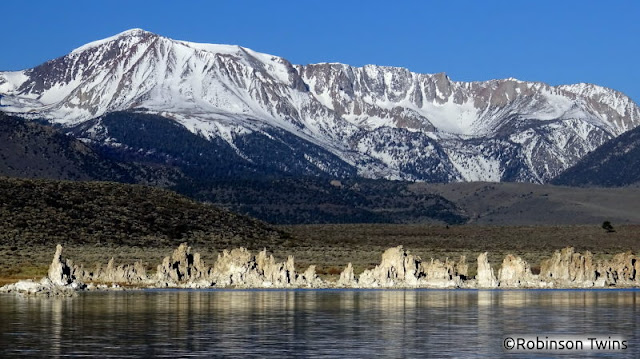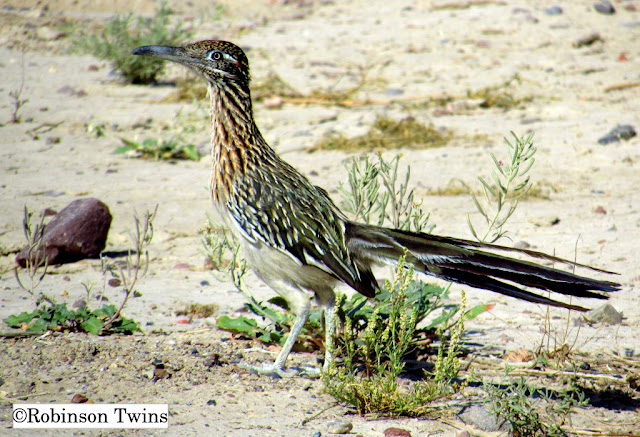These pitcher plants that we found in the Kalmiopsis Wilderness in Oregon, are insect-eating plants. The insect crawls into the opening at the top to follow the scent to the inside of the tube, but downward-projecting hairs and a slippery surface cause the insect to be trapped inside. When it falls into the liquid inside the tube, it dies and is digested. The plant benefits from the extra nutrients. The pitcher plant tends to grow on nutrient-poor soil, so the extra nutrition gives it the chance to in places where poor soil might prevent it.
We backpacked into the Kalmiopsis Wilderness to look for and photograph the rare Kalmiopsis flower, but found many other interesting plants, too.
Remember, it's not just a picture, it's a story!














































